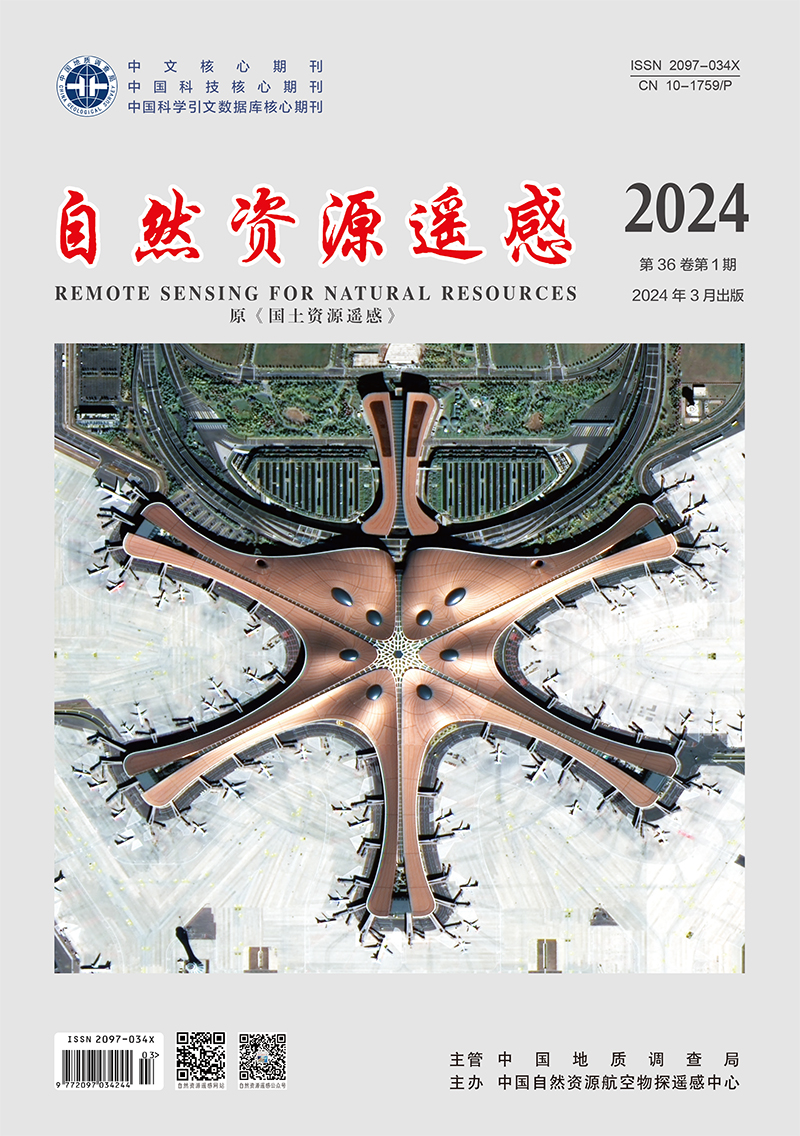JIANG Ruirui, GAN Fuping, GUO Yi, YAN Bokun. 2024. Progress in research on the joint inversion for soil moisture using multi-source satellite remote sensing data. Remote Sensing for Natural Resources, 36(1): 1-13. doi: 10.6046/zrzyyg.2022408
| Citation: |
JIANG Ruirui, GAN Fuping, GUO Yi, YAN Bokun. 2024. Progress in research on the joint inversion for soil moisture using multi-source satellite remote sensing data. Remote Sensing for Natural Resources, 36(1): 1-13. doi: 10.6046/zrzyyg.2022408
|
Progress in research on the joint inversion for soil moisture using multi-source satellite remote sensing data
-
1. China Aero Geophysical Survey and Remote Sensing Center for Natural Resources, Beijing 100083, China
-
;2. Chinese Academy of Geological Sciences, China University of Geosciences(Beijing), Beijing 100083, China
-
;3. Chinese Academy of Geological Sciences, Beijing 100083, China
More Information
-
Corresponding author:
GAN Fuping
-
Abstract
Soil moisture is closely associated with global climate change, the carbon cycle, and the water cycle, as well as agricultural production and ecological conservation and restoration. The detection of soil moisture has shifted from ground survey to remote sensing detection, achieving global- and regional-scale survey and monitoring. Given differences in data spectrum segments, radiative transfer mechanisms, and inversion algorithms, it is necessary to comprehensively analyze the mechanisms, advantages, and limitations of algorithms, with the purpose of laying a foundation for accuracy and algorithm improvement. From the aspects of optical remote sensing, microwave remote sensing, and optic-microwave cooperation, this study systematically analyzed the features and challenges of the following inversion techniques: inversion based on the Ts-VI spatial and Ts-NSSR temporal characteristics of optical remote sensing data, inversion using passive and active microwave data, joint inversion using active and passive microwave data and remote sensing data, and optical-microwave cooperative inversion based on accuracy improvement and spatio-temporal transformation. At present, the joint inversion of soil moisture using multi-source remote sensing data faces the following challenges: ① The data suffer missing and spatio-temporal mismatching; ② Different data sources exhibit varying degrees of surface penetration; ③ The joint inversion model relies on empirical parameters and numerous auxiliary parameters. These challenges can be addressed with the improvement in the satellite monitoring network, the increase in the surface detection depths of data sources, the clarification of the physical mechanisms of joint inversion, and the establishment of spatio-temporal continuous datasets of auxiliary parameters.
-

-
-
Access History







 DownLoad:
DownLoad: